Market reports
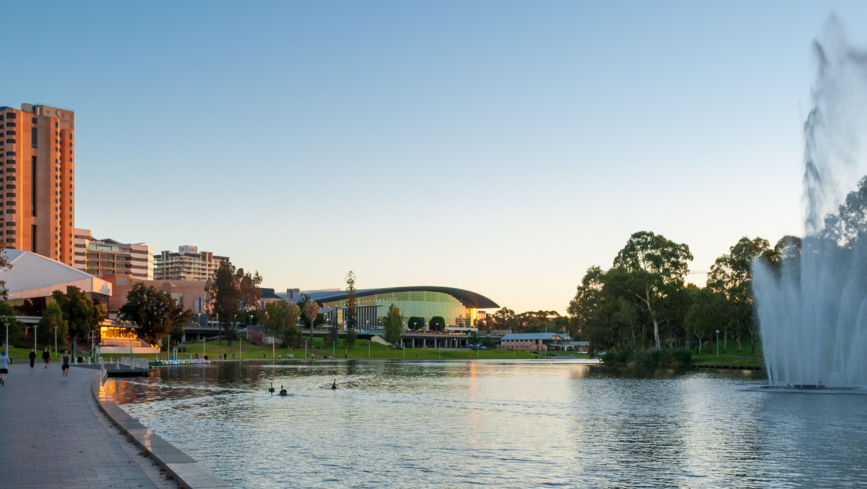
Adelaide occupancy rate increased substantially from 71% to 78% in the latest data released in October. Occupancy rates measure employee office usage throughout the week, and Adelaide’s high occupancy rate contrasts with Melbourne and Sydney, which sits at 41% and 52% respectively. Vacancy across the Adelaide CBD also decreased from 14.5% to 14.3% in July 2022.
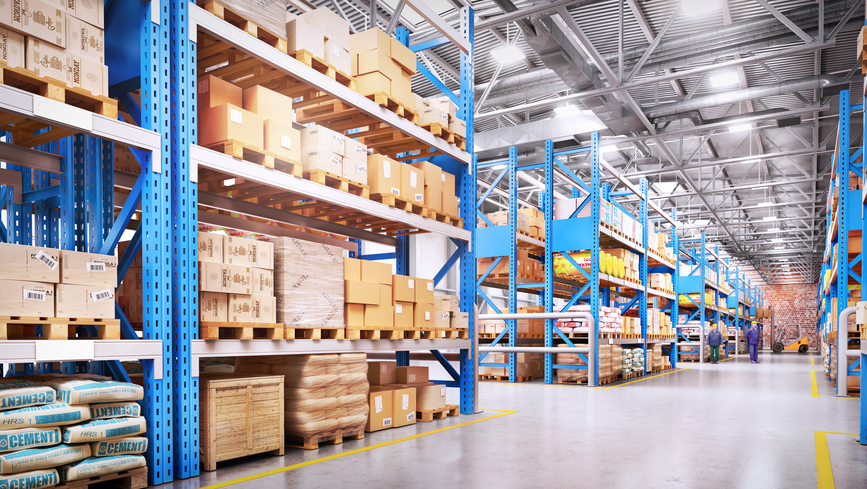
Demand for space remains high and largely unserviced and as a result vacancy levels across
all regions of Melbourne have fallen even further. The average Vacancy Rate across the
Melbourne Metropolitan region is now 1.1% with the Western region at an unprecedented
0.7%. As a result, there continues to be upward pressure on rentals in all markets across the
Melbourne metropolitan region which have all experienced double digit growth over the past
12 months.
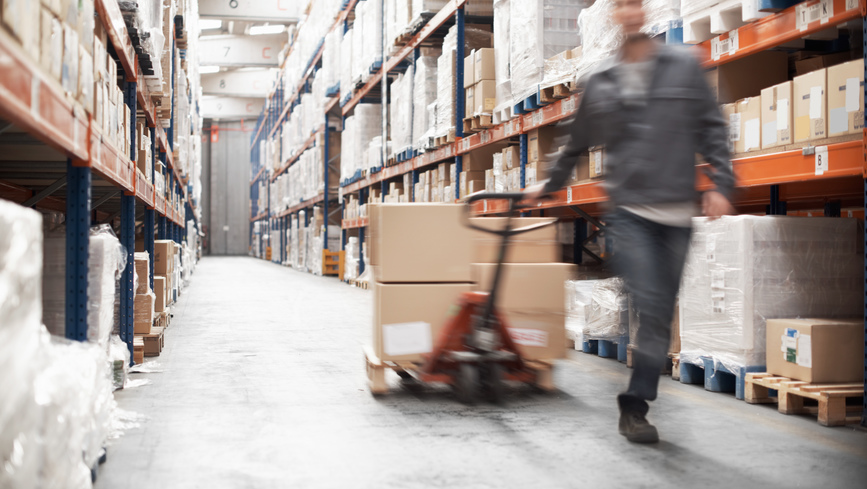
Demand for space remains high and largely unserviced and vacancy levels across all regions
of Adelaide have fallen even further. The average Vacancy Rate across the Adelaide
Metropolitan region is now 0.9% with the Southern region at an unprecedented 0.6%. As a
result, there continues to be upward pressure on rentals and land values in all markets across
the Adelaide metropolitan region which have all experienced double digit growth over the
past 12 months.
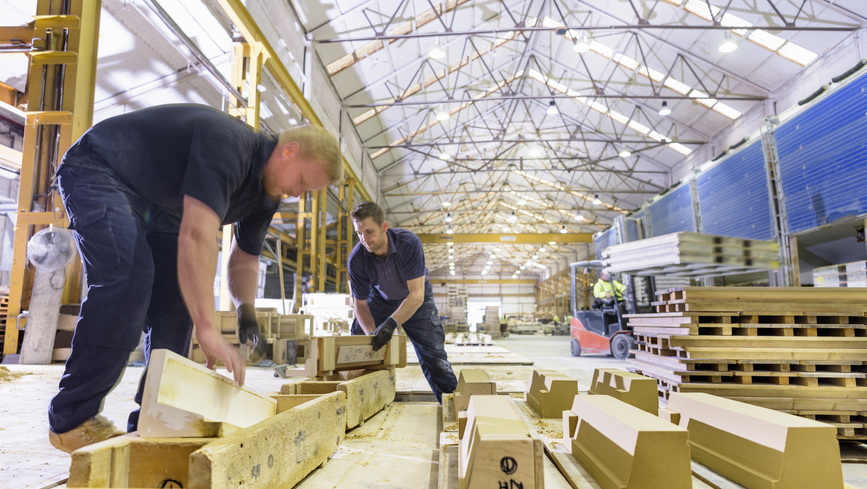
Demand for space remains high and largely unserviced and as a result vacancy levels across all regions of Sydney have fallen even further. The average Vacancy Rate across Sydney Metropolitan region is now 0.3% while the Central Sydney and the North Shore markets are at 0.0% vacancy. As a result, there continues to be upward pressure on rentals in all markets across the Sydney metropolitan region which have all experienced double digit growth over the past 12 months.
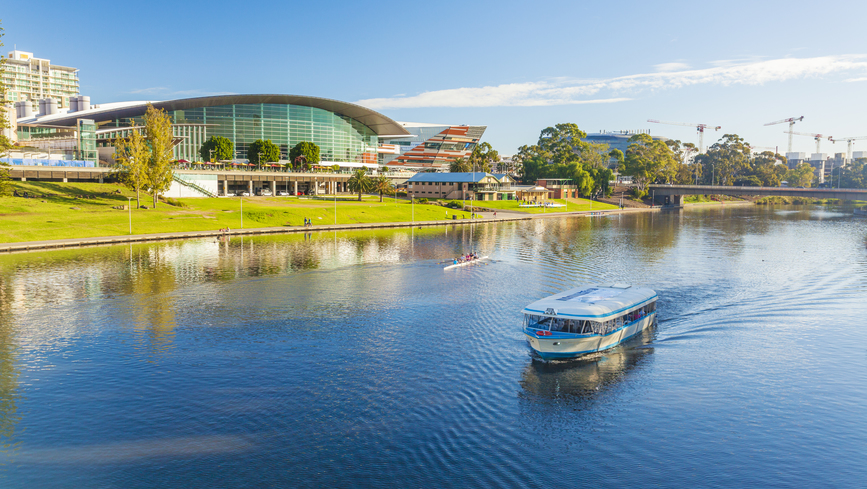
Vacancy across the Adelaide CBD decreased from 14.5% to 14.2% in July 2022, according to the Property Council of Australia, in contrast to other markets such as Sydney and Melbourne which saw modest increases. Landlord incentives have also stabilized and sit at an average of 37% to 42% for old generation (pre-1990) A Grade building, and 35% to 38% for new generation (post 2004) A Grade building.
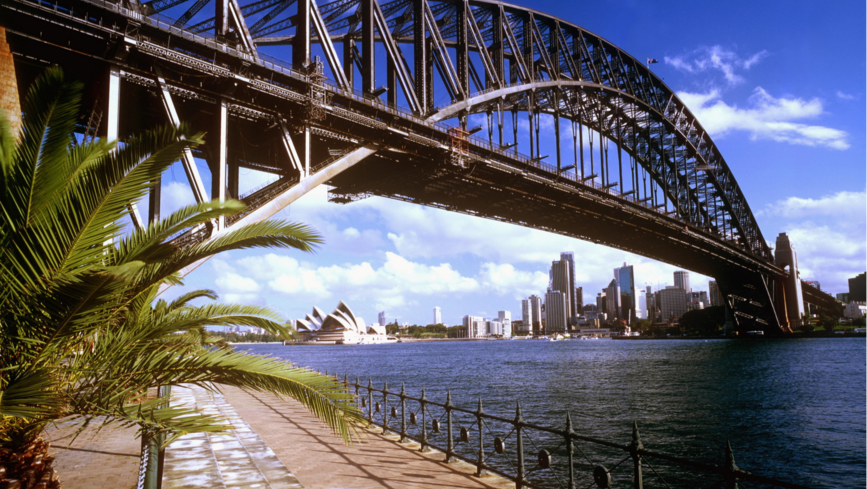
As anticipated, we saw an increase in the overall office market vacancy rate for Sydney CBD continue to increase to 10.1% making this the highest vacancy rate for over the past decade. Although with the end of lockdown, we have seen an increase in the level of leasing activity pick up in the marketplace.
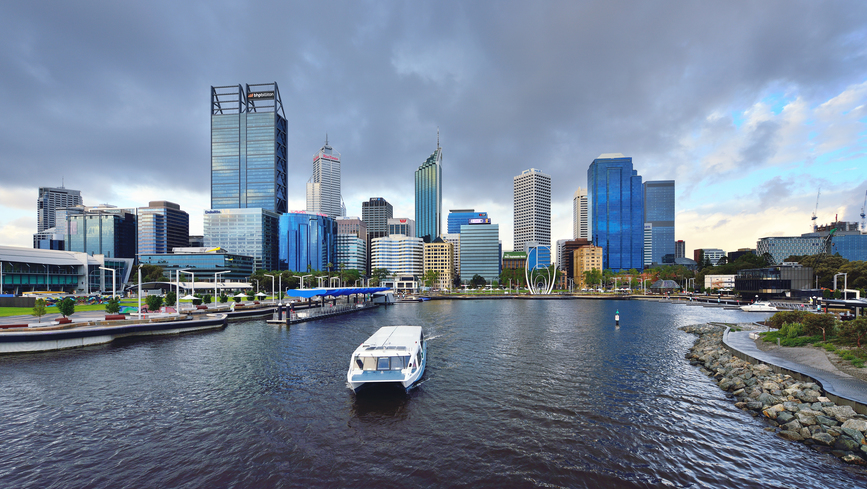
With a very strong economy Western Australia continues to provide aopportunities for employment growth with over 45% of goods exported from WA 2021-22. The State contributed 16% to the national economy with 10.7 % of the population and population growth is starting to increase again and is expected to further escalate as migration rates pick up both from interstate and overseas.
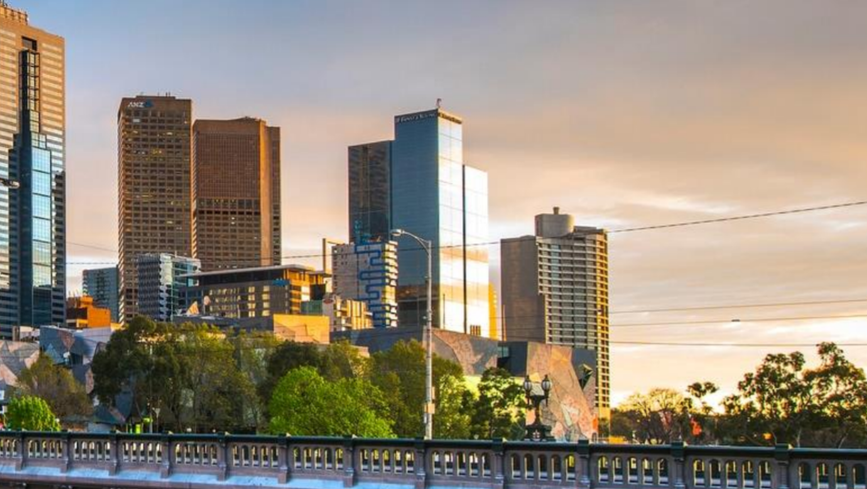
As Melbourne’s office workers continue to lag the rest of the country in returning to the CBD office environment, the vacancy rate of the CBD continued to increase to 14.8% as of July 2022. This high vacancy rate continues the recent trend, with a significant supply of new Premium and A-Grade space in the last two years and new supply coming in 2022 and 2023 contributing to expectations that vacancy rates will continue to rise before gradually declining.